B2B Demand Generation Strategies: How Workwize Used Signals to Transform Pipeline Growth
Estimated reading time: 4 minutes
by
B2B demand generation strategies have changed dramatically over the past few years. The rise of AI, shifting buying behaviours and the continued pressure for efficient growth mean the old playbooks no longer work.
In this episode of The Insiders, I sat down with André Stoorvogel, Head of Demand Generation at Workwize, to unpack how his team built a pipeline strategy that turned signals, intent and timing into hard revenue.
If you’re reviewing your own B2B demand generation strategies, what André shared is a blueprint worth studying.
A small pivot that changed everything
One of the most powerful moments in our conversation was surprisingly simple:
Workwize pivoted its ICP from HR teams to IT teams. HR saw Workwize as a “nice-to-have.” IT saw it as a must-have – especially when it came to retrieving laptops from global, distributed teams.
As a result of this change, inbound went from making up just 5% of pipeline to 85%.
It’s a reminder that the best B2B demand generation strategies start with clarity:

Who truly feels the pain you solve?
Who has urgency, budget and a measurable problem?
Sometimes the most effective strategy is just choosing the right door to knock on.
Aligning marketing & BDRs under one growth engine
Another major unlock for Workwize was bringing the BDR team under marketing.
Instead of two teams working in parallel, they became one engine with shared KPIs, shared data, and shared intent signals.
This shifted BDR outreach from cold to warm. Why? Because marketing was able to surface real buying cues – page visits, LinkedIn engagement, pricing-page returners – directly into the hands of the outbound team.
It’s one of the most overlooked B2B demand generation strategies today:
Create a unified revenue operation where marketing and sales development work as one team, not two.

Using AI intelligently (without losing the human edge)
AI plays a central role in Workwize’s growth, but not in the way you might assume.
André describes it as an 80/20 model:
80% AI: research, enrichment, signal detection, prioritisation .
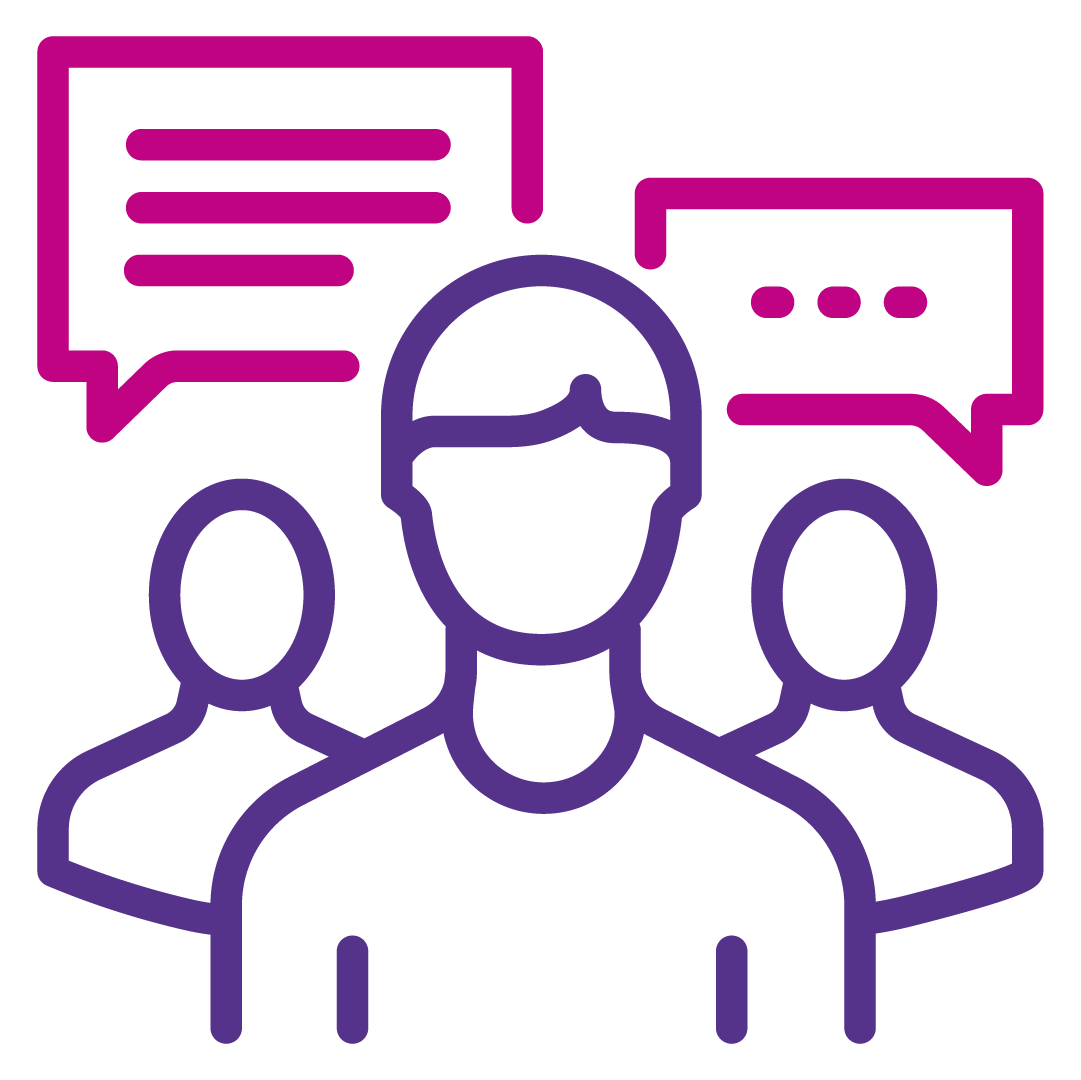
20% human: insight, conversation, rapport, relevance
This hybrid approach prevents organisations from slipping into over-automation, where everything sounds the same and loses authenticity.
AI is there to accelerate your B2B demand generation strategies, not to replace the intelligence and empathy that only humans bring.
Trigger events, buying signals and the 5% rule
One of the sharpest insights André shared:
Only 5% of your total addressable market is actively buying at any given time.
That means effective B2B demand generation strategies aren’t about creating demand everywhere – they’re about identifying the small segment of buyers who are already shopping.
Workwize watches:
Funding announcements
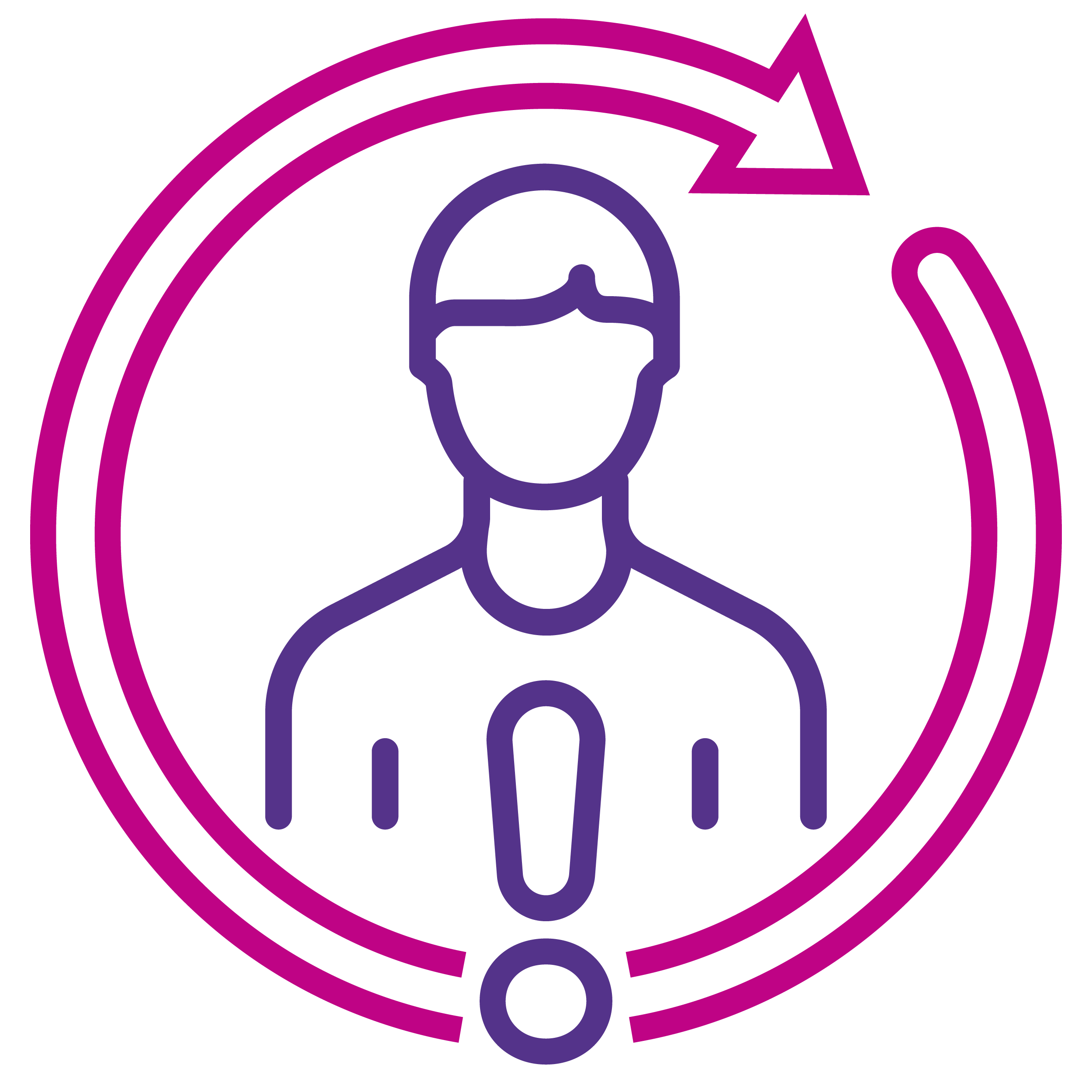
Large hiring rounds
Layoffs (which trigger laptop retrieval needs)
IT leaders starting new roles
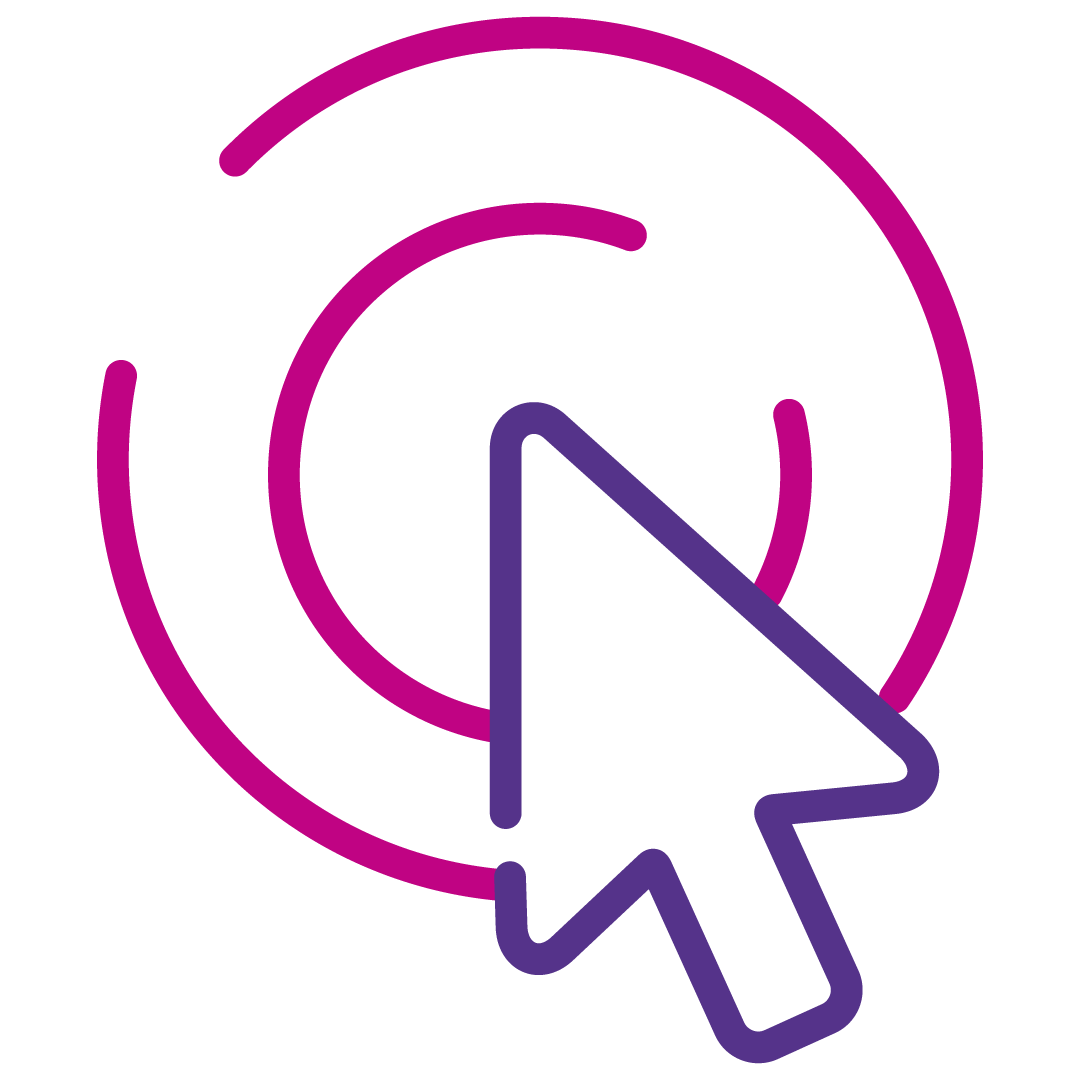
Website visit patterns
Competitor keyword searches
These signals turn random outreach into signal-based selling, where timing does half the work for you.
Practical takeaways for your own B2B demand generation strategy
If you’re refining your B2B demand generation strategies, here are five actionable principles from the episode:
1. Start at the bottom of the funnel
Find the buyers who are already in-market. Win early, then earn the right to scale.
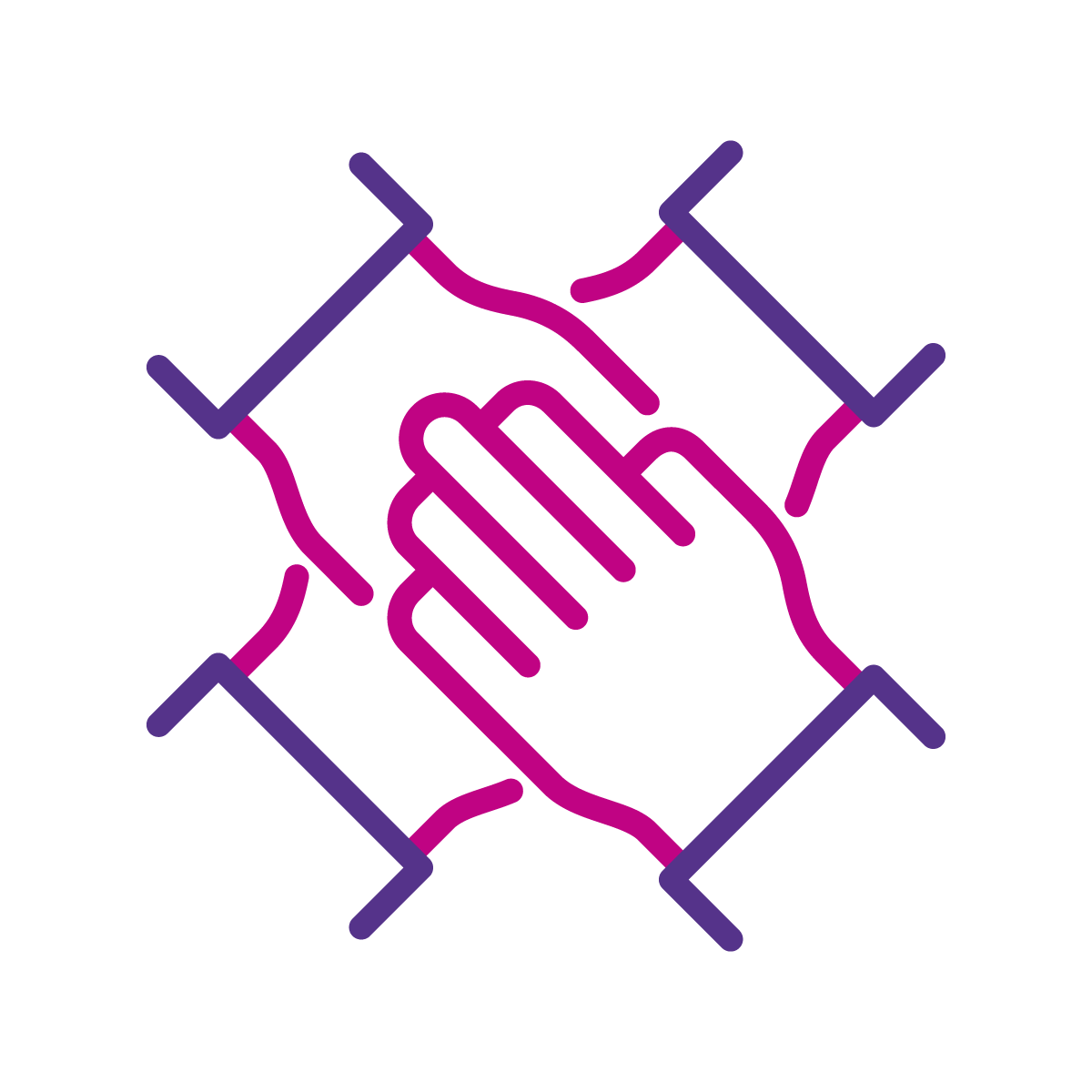
2. Align marketing and outbound
One revenue team. One dashboard. One definition of success.
3. Let AI handle the grunt work
Use it for research and prioritisation, not for replacing human thinking.
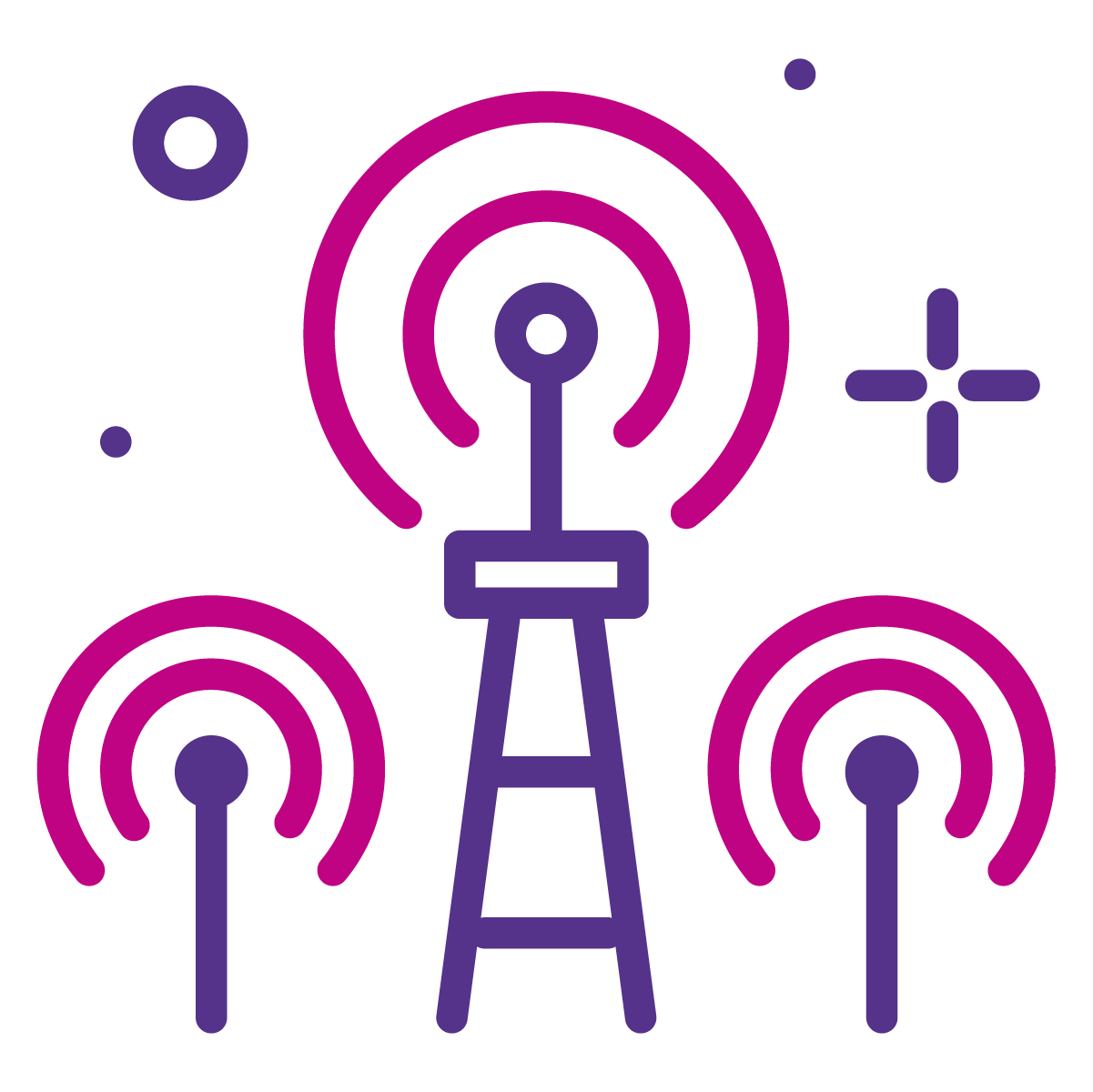
4. Build around buying signals
Let intent data guide where your team spends their time.
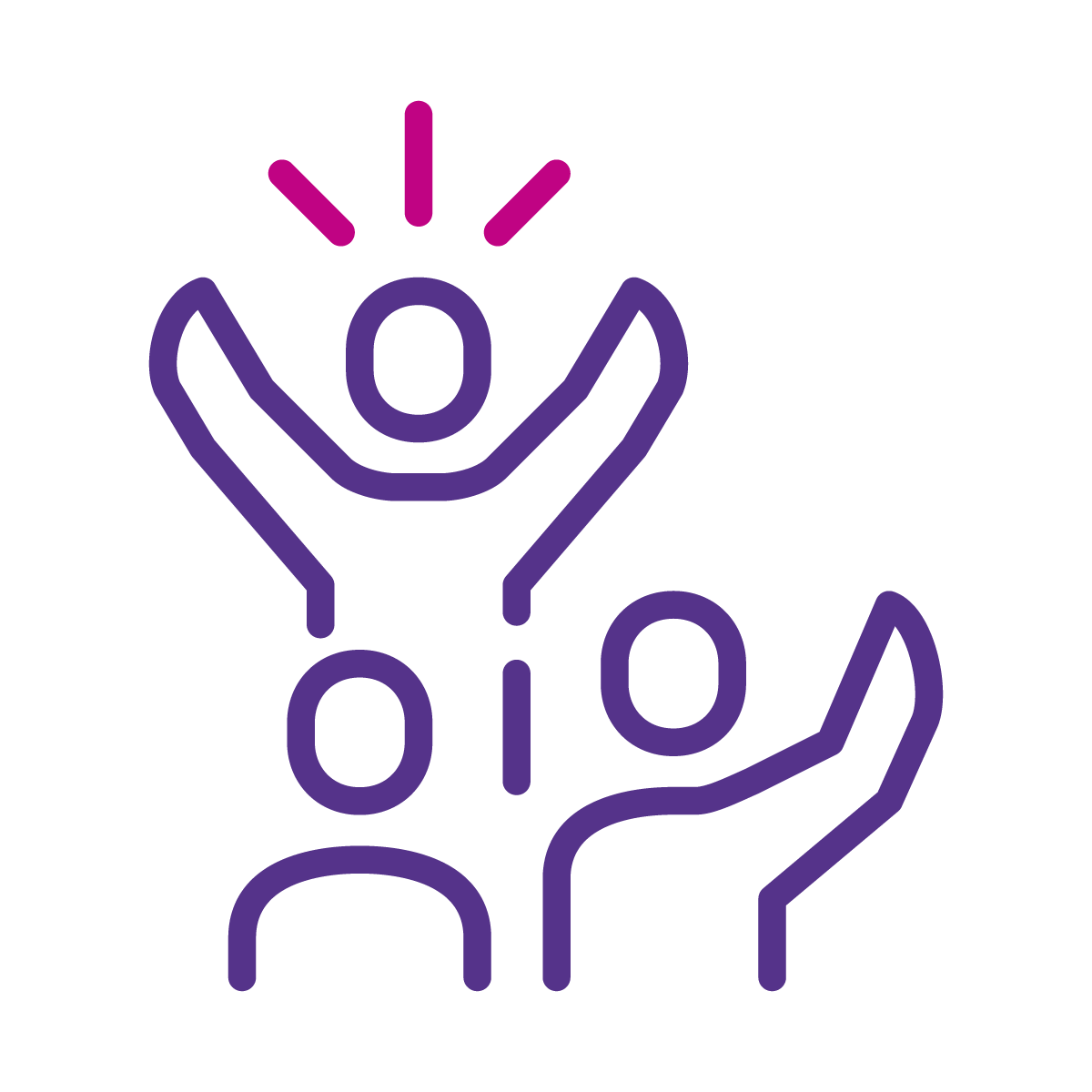
5. Keep your outreach human
In a world of automation, your people are your differentiator.
FAQs
What are B2B demand generation strategies?
They are structured approaches that help businesses identify, attract and convert their ideal buyers through targeted marketing and sales motions.
Why is the 5% rule so important?
Because focusing on in-market buyers increases efficiency, shortens sales cycles and improves ROI.
How does AI improve demand generation?
AI accelerates research, identifies patterns and surfaces signals at scale – giving revenue teams more time to sell.

Listen to the full conversation
To hear the full discussion with André Stoorvogel – including examples, data points and the playbook Workwize uses – listen to the full episode of The Insiders here.
